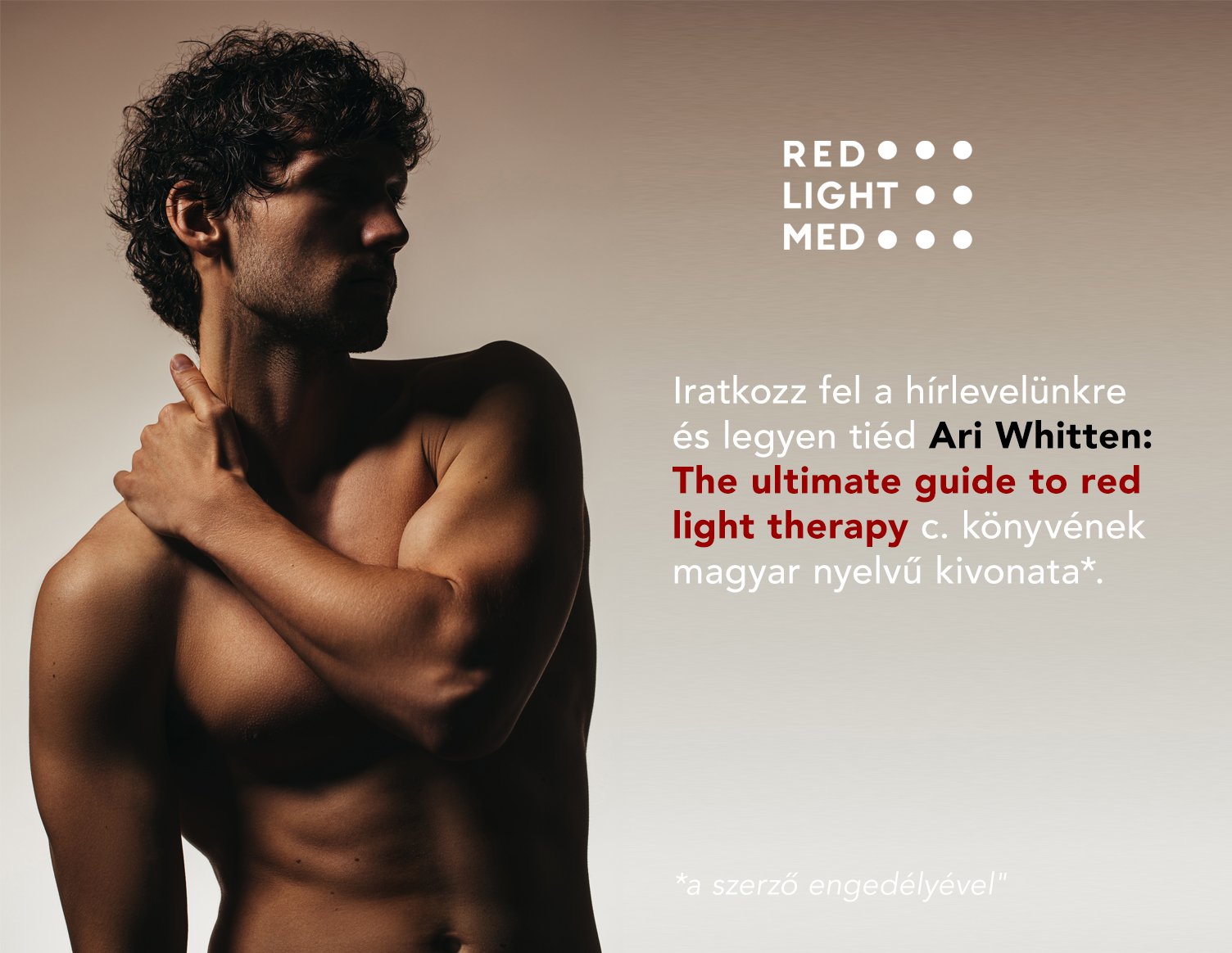In the world of health trends, new methods come and go, often surrounded by incredible claims. Red light therapy is no exception. It’s said to promote skin renewal, ease chronic pain, speed up wound healing, lift your mood, and even slow vision decline. All without drugs, surgery, or long recovery times.
It’s no wonder many people are skeptical. We’ve all heard of so-called miracle solutions that turned out to be useless. So skepticism isn’t just natural—it’s healthy. This guide explores why red light therapy deserves a closer look, how it works on a cellular level, why it gets misunderstood, and how to use it safely and effectively.
The Basics of Red Light Therapy
Red light therapy uses LED devices to deliver specific wavelengths of red (usually 630–670 nm) and near-infrared (810–850 nm) light to the skin. These wavelengths penetrate deeper than the shorter wavelengths in the visible spectrum, reaching the mitochondria, the cell’s energy center.
When mitochondria aren’t working well—due to aging, stress, inflammation, or disease—cells have less energy. This leads to slower healing, fatigue, inflammation, and other issues. Red light stimulates the mitochondria, helping them produce more energy (ATP), reduce oxidative stress, and kickstart the body’s repair processes. That’s why red light therapy may seem “too good to be true,” but it’s actually grounded in cellular science.
Why Are People Skeptical?
There are several reasons for doubt:
- Lack of knowledge – Most people don’t understand how light could impact biology. But we’ve all felt sunlight’s effects—tanning, mood changes, vitamin D. Red light uses similar principles, just more targeted and safe.
- Poor-quality devices – Many products on the market emit red-colored light but not the therapeutic wavelengths. These don’t work, and they lead to disappointment.
- Overhyped promises – Some brands market their devices like miracle cures. Naturally, this raises red flags.
- The quick-results mindset – We live in a culture that expects instant fixes, from painkillers to crash diets. Red light therapy doesn’t work that way. While some effects, like pain relief, may be felt quickly, most benefits take weeks or months.
Why Does Red Light Therapy Help With So Many Things?
It all starts in the mitochondria. When cells have more energy, they simply function better. Skin cells regenerate faster, muscles recover quicker, inflammation decreases, and collagen production increases.
That’s why the same technology can help with wrinkles, joint pain, hair loss, or sports injuries. It’s not because red light is magic—it’s because supporting cell energy affects nearly every system in the body.
What Results Can You Expect—and How Soon?
This is where confusion often begins. There are different types of effects:
- Short-term: Pain relief, muscle relaxation, and inflammation reduction—often noticeable within a few sessions.
- Mid-term: Improved skin condition, reduced acne or rosacea—may take several weeks of consistent use.
- Long-term: Fewer wrinkles, improved joint mobility, and slowed vision decline—typically visible after months of regular treatment.
Ask yourself:
- Am I willing to use it consistently and with discipline?
- Do I understand that results come slowly over time, not overnight?
- Do I accept that this is a complementary therapy, not a miracle cure?
How to Choose the Right Device
Success depends on two factors: good equipment and consistent use.
- Wavelengths: Look for clinically backed ranges—630–670 nm (red) and 810–850 nm (near-infrared).
- Intensity: Stronger panels deliver more energy, leading to faster results in less time.
- Treatment area: Masks cover just the face, while panels treat larger zones like joints or the back.
- Features: Timers, light combinations, and adjustable intensity are all useful.
Ask yourself: “Am I buying a therapeutic red light device—or just a red-colored lamp?”
A Balanced Perspective
Red light therapy is not a cure-all. It won’t replace healthy eating, exercise, or medical care when needed.
However:
- Hundreds of lab and clinical studies confirm its positive effects (Barolet et al., 2009; Hamblin, 2017).
- It’s safe when used correctly and has no known side effects.
- As a supplement to other routines, it accelerates healing and supports your body’s natural recovery systems.
From Skepticism to Strategy
Red light therapy is a perfect example of how science and common sense can work together. Skepticism is healthy—it helps separate real results from hype.
And the truth is, red light therapy supports your body at the cellular level. With regular, mindful use, it can deliver real, measurable benefits. Not an instant miracle, but steady, lasting improvement.
If you truly want to support your skin, joints, or overall wellbeing, this scientifically backed method might be worth a try.
References
- Barolet, D., Christiaens, F., & Hamblin, M. R. (2009). Infrared and skin: Friend or foe. Journal of Photochemistry and Photobiology B: Biology, 98(1), 1–9. https://doi.org/10.1016/j.jphotobiol.2009.11.003
- Hamblin, M. R. (2017). Mechanisms and applications of the anti-inflammatory effects of photobiomodulation. AIMS Biophysics, 4(3), 337–361. https://doi.org/10.3934/biophy.2017.3.337
- (n.d.). Red light therapy: Uses, benefits, and risks. Retrieved from https://www.webmd.com/skin-problems-and-treatments/red-light-therapy
